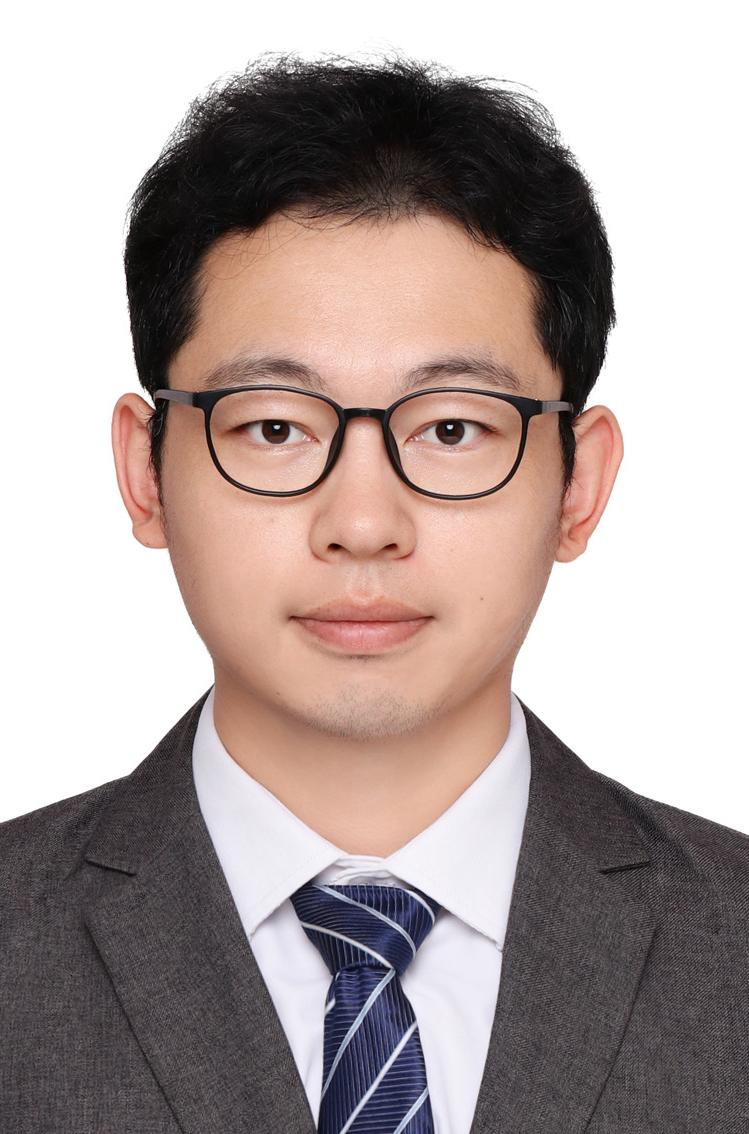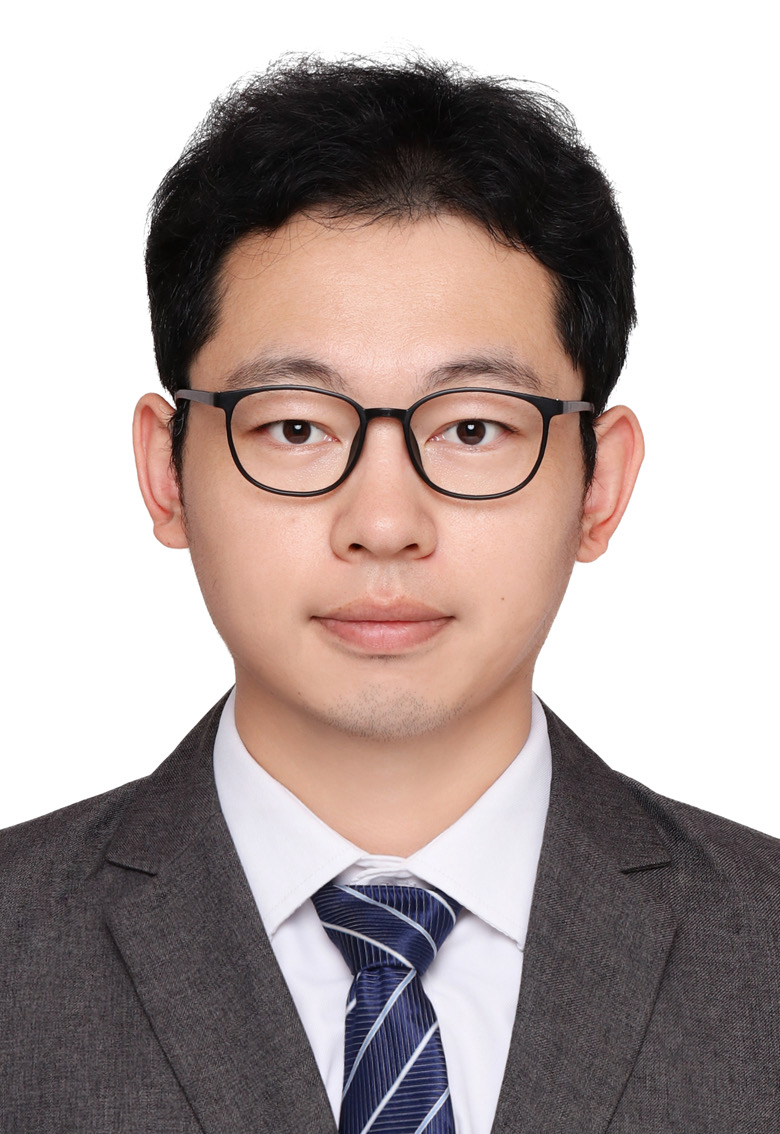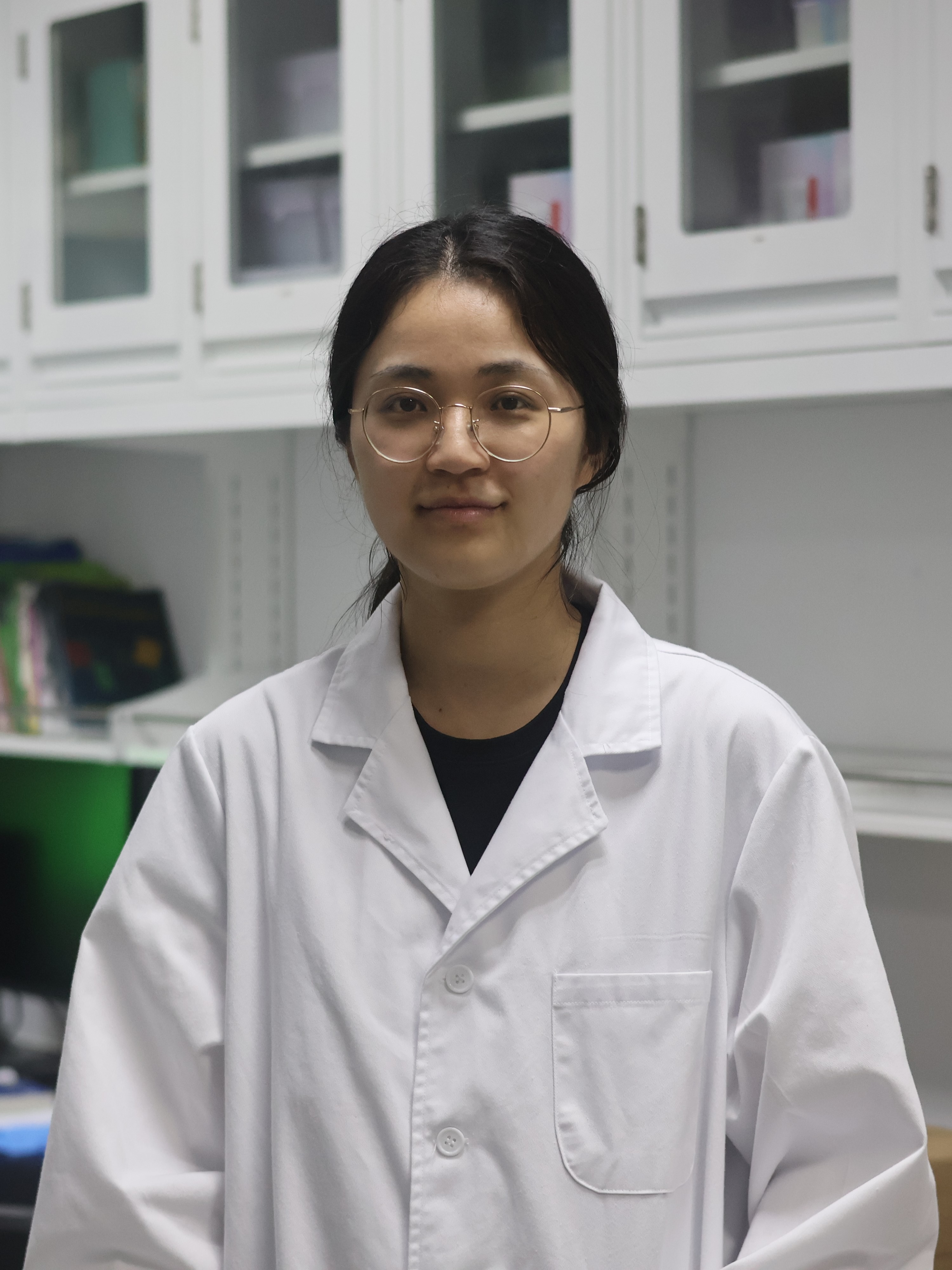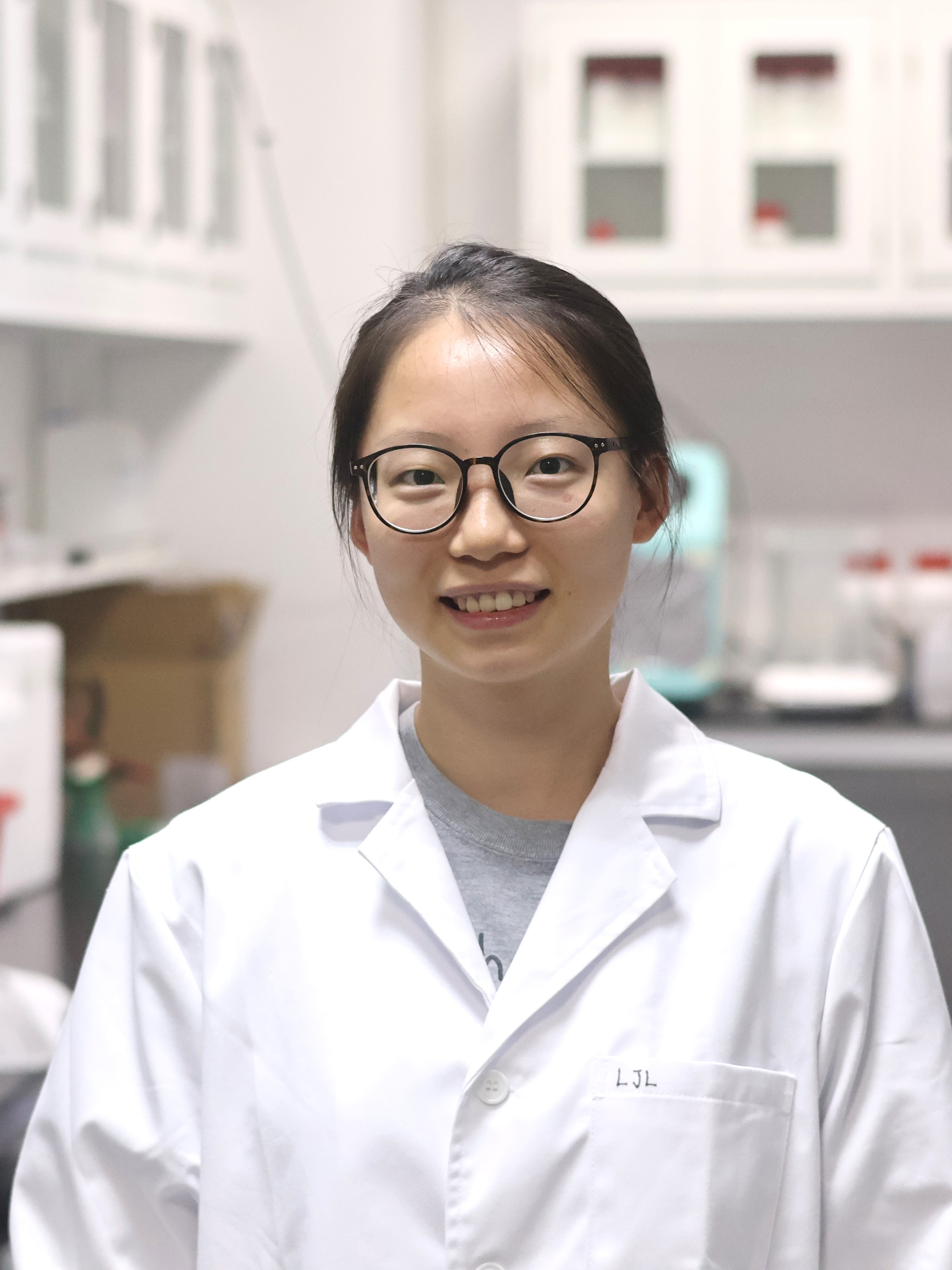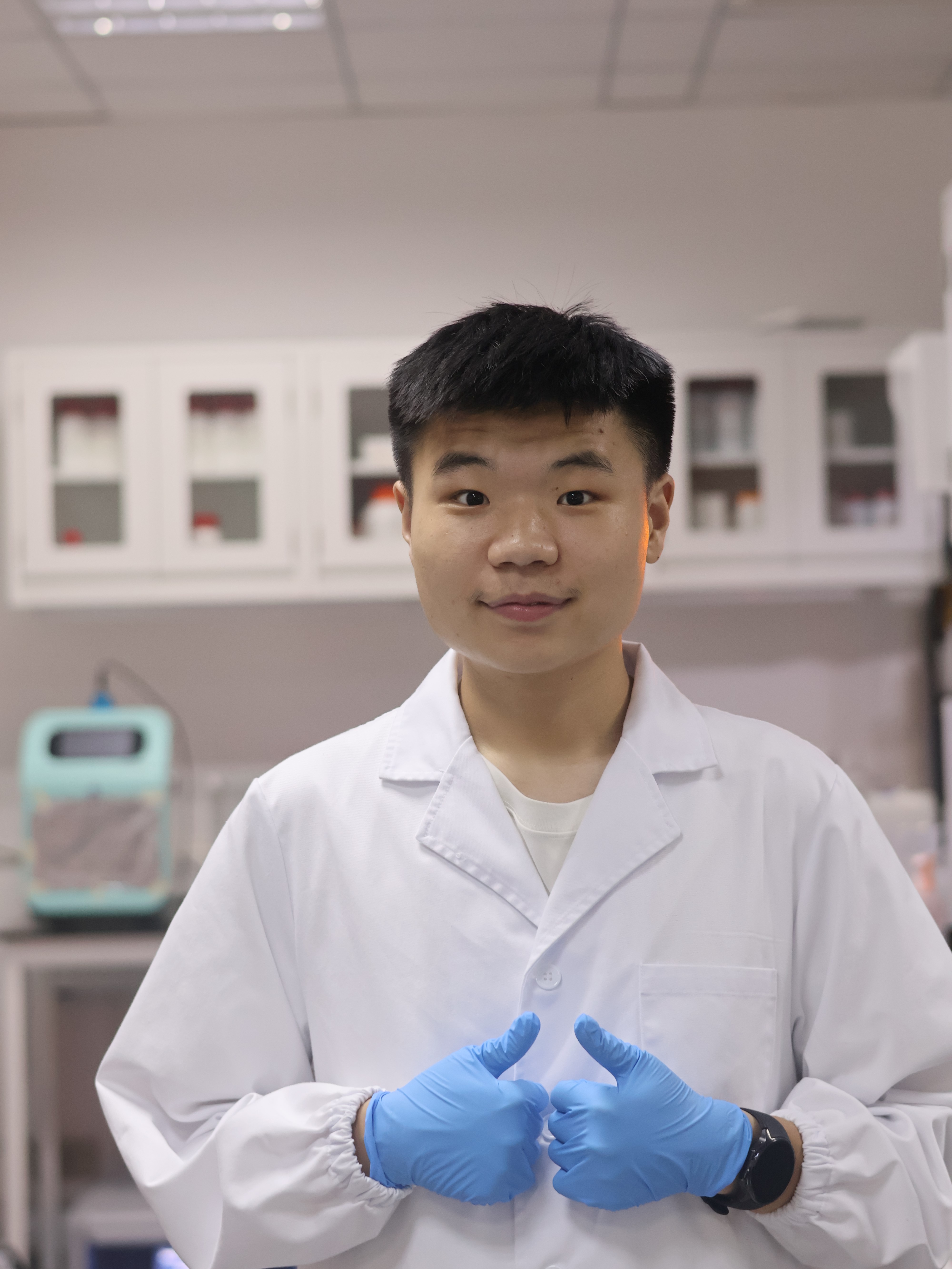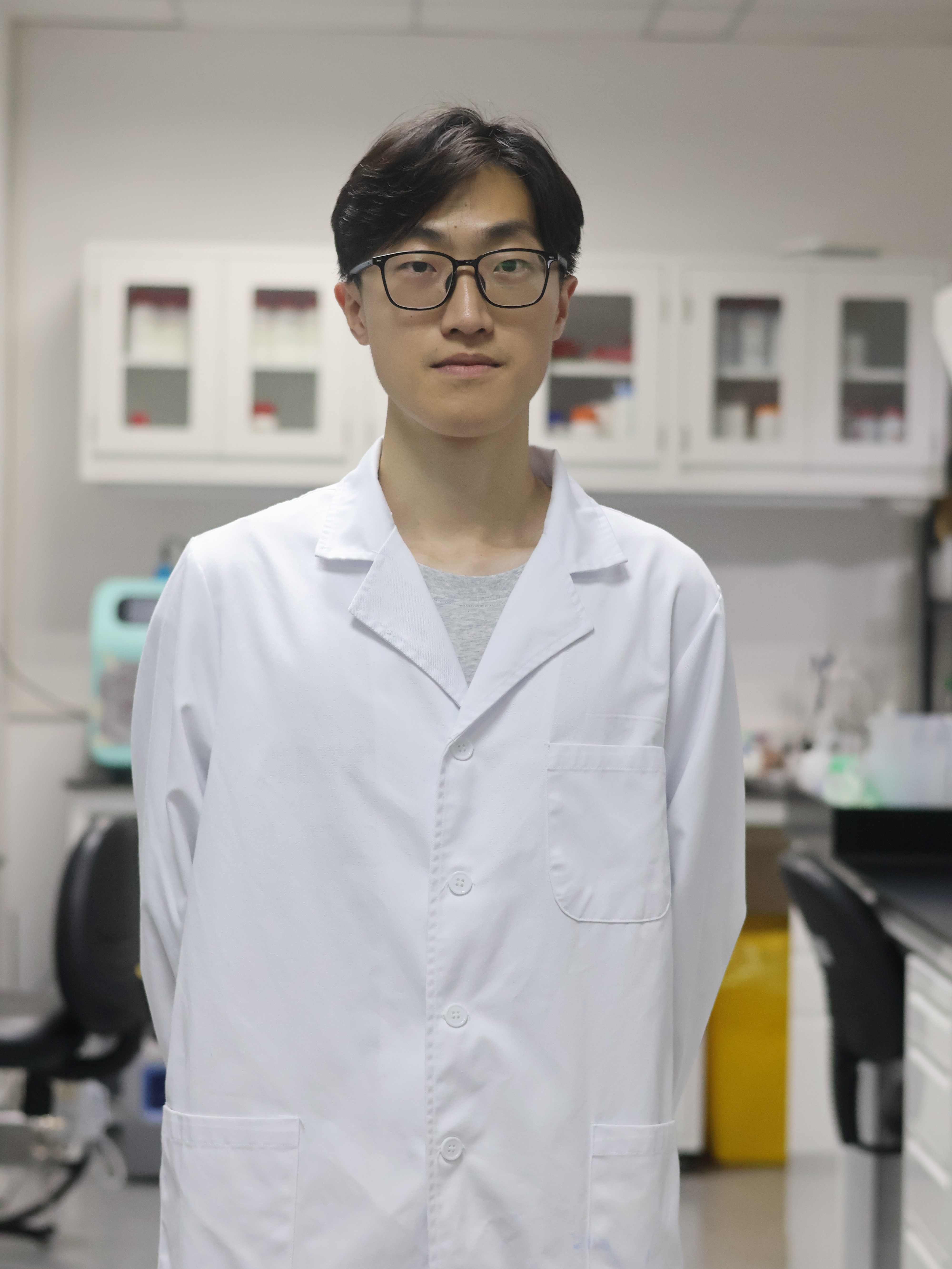|
Li lab
Principal investigatorName: Hongjie LiAssistant Professor , PhD, Assistant Professor
Position: Affiliation: School of Life Science and Technology & Center for Transformative Science
Honor: Education Background:
Working Experience:
Group Introduction Research Area:
Time-Resolved Serial Femtosecond Crystallography (TR-SFX), Protein Dynamic Structures, Molecular Movies
Research Interests:
Understanding the three-dimensional structure of proteins is fundamental to understanding their functional roles within organisms. Recent advancements in X-ray crystallography and single particle analysis by cryo-electron microscopy (SPA cryo-EM) have elucidated a vast number of protein structures. The emergence of AlphaFold has further enabled the prediction of static structures for most proteins without experimental validation, offering critical insights into protein functions. However, proteins often undergo complex dynamic changes during their functional execution, which are challenging to directly observe using traditional methods like X-ray crystallography and cryo-EM. The time-resolved serial femtosecond crystallography (TR-SFX) method, utilizing XFELs and precise pump-probe techniques, represents a revolutionary approach for studying the dynamic structures of biomacromolecules. In TR-SFX, protein microcrystals are injected vertically into vacuum or a high-viscosity lubricant mixture, intersecting horizontally fired XFELs. Laser irradiation initiates reactions within the crystals before they reach the XFEL diffraction position. Subsequently, XFELs detect the intermediate states of these reaction structures. This method is particularly effective for studying photosensitive proteins, where specific wavelength laser light serves as the pump source to excite the sample, followed by XFELs as the probe source to capture structural changes. Adjusting the delay time between pump and probe pulses allows capturing instantaneous molecular structural states at different stages of chemical reactions, with delay times ranging from sub-picoseconds to milliseconds. This capability enables the observation of dynamic processes such as chemical bond breaking, substrate binding, and complex catalytic events. Data analysis at each time point generates structural snapshots, and compiling these snapshots creates a continuous series of images known as molecular movies. These movies provide a detailed view of the dynamic processes in biochemical reactions, facilitating the observation and analysis of continuous structural changes during reactions and offering unprecedented insights for research. Group Website:
Research Achievement
Representative Publications (*First Author, # Corresponding Author)
MonographPatentFundingAwards
Research AchievementGroup Member and Photo
|



